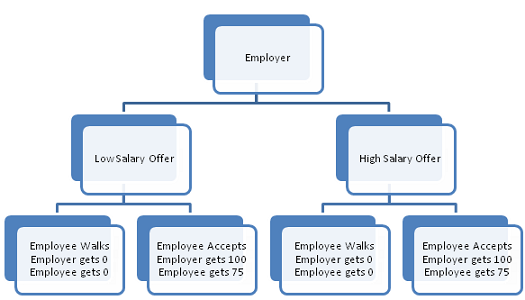Question 1: What is the difference between limit pricing and contestable markets?
Question 2: In what way does OPEC resemble a cartel? How successful is it?
Question 3: Find the Herfindahl index for an industry composed of (a) three firms- one with 70 percent of the market, and the other two with 20 and 10 percent of the market, respectively; (b) one firm with a 50 percent share of the market and 10 other equal-sized firms; (c) 10 equal-sized firms.
Question 4: Since under price leadership by the dominant firm, the firms in the industry following the leader behave as perfect competitors or price takers by always producing where the price set by the leader equals the sum of their marginal cost curves, the followers break even in the long run. True or false? Explain.
Question 5: Examine the U.S. passenger airline industry using the Five Forces. Is this an attractive industry? Why or why not?
NOTE:
Michael Porter’s Five Force Model (the best industries are characterized by)
*high barriers to entry
*low buyer power
*low supplier power
*low threat from substitutes
*low levels of rivalry between existing firms
Question 6: Do the duopolists in a Cournot equilibrium face a prisioners’ dilemma? Explain?
Question 7: How did the 1971 law that banned cigarette advertising on television solve the prisoners’ dilemma for cigarette producers?
Question 8: From the following payoff matrix, where the payoffs are the profits or losses of the two firms, determine (a) whether firm A has a dominant strategy, (b) whether firm B has a dominant strategy, (c) the optimal strategy for each firm, and (d) the Nash equilibrium, if there is one.
|
Firm B |
|||
|
Firm A |
Low Price | High Price | |
| Low Price | (1,1) | (3,-1) | |
| High Price | (-2,3) | (4, 2) |
Question 9: Explain why the payoff matrix in Problem 1 indicates that firms A and B face the prisioners’ dilemma.
Note: Problem 1 matrix
|
Firm B |
|||
|
Firm A |
Low Price | High Price | |
| Low Price | (1,1) | (3,-2) | |
| High Price | (-2,3) | (2, 2) |
Question 10: Given the following payoff matrix, (a) indicate the best strategy for each firm. (b) Why is the entry-deterrent threat by firm A to lower the price not credible to firm B? (c) What could firm A do to make its threat credible without building excess capacity?
Question 11: Salary Negotiation
The following represents the potential outcomes of your first salary negotiation after graduation: Assuming this is a sequential move game with the employer moving first, indicate the most likely outcome. Does the ability to move first give the employer an advantage? If so, how? As the employee, is there anything you could do to realize a higher pay off?

Question 12: Renegotiating Employment Contracts
Every year, management and labor renegotitate a new employment contract by sending their proposals to an arbitrator who chooses the best proposal (effectively giving one side or the other $1 million). Each side can choose to hire, or not hire, an expensive labor lawyer (at a cost of 200,000) who is effective at preparing the proposal in the best light. If neither hires lawyers or if both hire lawyers, each side can expect to win about half the time. If only one side hires a lawyer, it can expect to win three-quarters of the time. (a) Diagram this stimultaneous move game (b) What is the Nash Equilibrium of the game? (c) Would the sides want to ban lawyers?
|
Management |
|||
|
No Lawyer |
Lawyer |
||
| Labor | No Lawyer |
$, $500,000 |
$ , $ |
| Lawyer | $ , $ | $300,000, $ | |